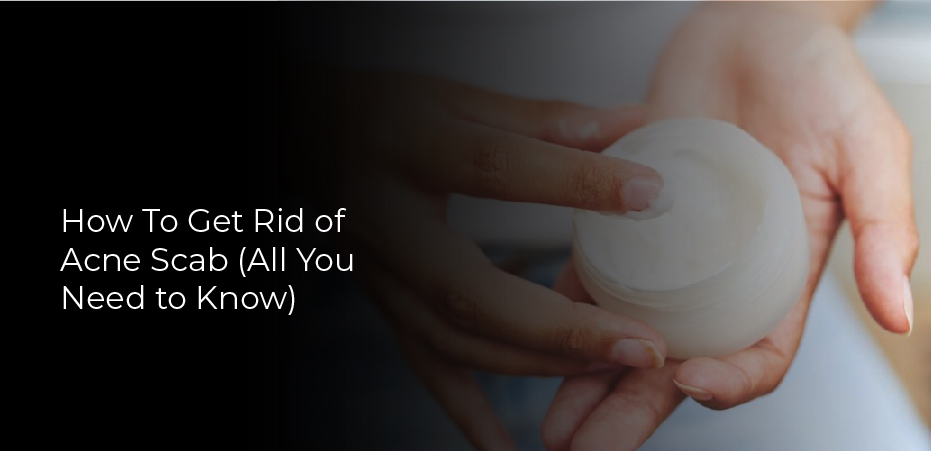Almost everyone has experienced at least one pimple on their face or body at some point in their lives. In the age group between 12 and 24, acne affects about 85% of people, but as you may already know, acne can occur at any age. Approximately 50 million Americans suffer from this skin condition each year. The embarrassment of having an inflamed red mark on your cheek or back is not the only problem associated with acne. Whenever a pimple shows up, the question that always comes to mind is whether to pop it or not.
It doesn’t matter if you have a whitehead, a blackhead, papules, pustules, etc. – you shouldn’t pop them! You should not pop or pick a zit, even if it is “ready.” Picking or trying to pop a zit can result in scarring, dark spots, and sometimes even infection.
Pimples form when dead skin cells mix with sebum (excess oil). You will experience swelling once your pores are clogged. Popping a pimple (attempt being the key word) tends to irritate the area, making the inflammation worse.
Pimple Scabs: What Causes Them?
It is normal for pimple scabs to form shortly after a pimple is popped. Occasionally, squeezing a pimple will produce pus and a little blood. It is welcome for scabbing to occur when blood is present, but it can often cause another unwelcome spot on your face. The broken platelets form a clot of vitamin K, fibrinogen, and calcium, which hardens at the site of the injury and forms an acne scab. In addition to preventing infection, they allow your body to regenerate skin cells and heal the wound.
Pimple Scabs: How to Get Rid of Them
Have you already had a pimple scab or two? Have you read this a bit too late? Learn how to get rid of pimple scabs as soon as possible by reading on.
Don’t Pick.
You should never pick a scab to avoid infection and scarring in the future. Picking is hard, but scratching or messing with the area isn’t worth the consequences. For best results, give your body time to do its thing and heal naturally without interference.
Maintain A Clean Environment.
Bacteria must be kept out of the area at all times. In this way, you won’t run the risk of infection and inflammation. Wash your face gently every morning and night, and never touch the scab with your hands. To prevent the scab from accidentally being torn off, pat the area dry after washing instead of rubbing.
The next step is to cleanse the skin thoroughly. Use a mild soap or body wash and water. If you’re using a body wash, ensure to wash the area with a gentle cleanser and not the soap you normally use for your body. This will help prevent irritation. Clean your skin and get rid of any blackheads. Blackheads are a common problem on the skin. They can cause your pores to clog and become inflamed.
Make Use of Moisturizers and Topical Treatments.
The healing process of pimple scabs can be accelerated by keeping the scab moist and using topical treatments available over the counter. It would help if you used a light, non-comedogenic moisturizer to keep it moist. In addition, you can use benzoyl peroxide to treat acne spots. By using this ingredient, dead skin cells will be removed, and the scabs will be gently exfoliated without being irritated.

